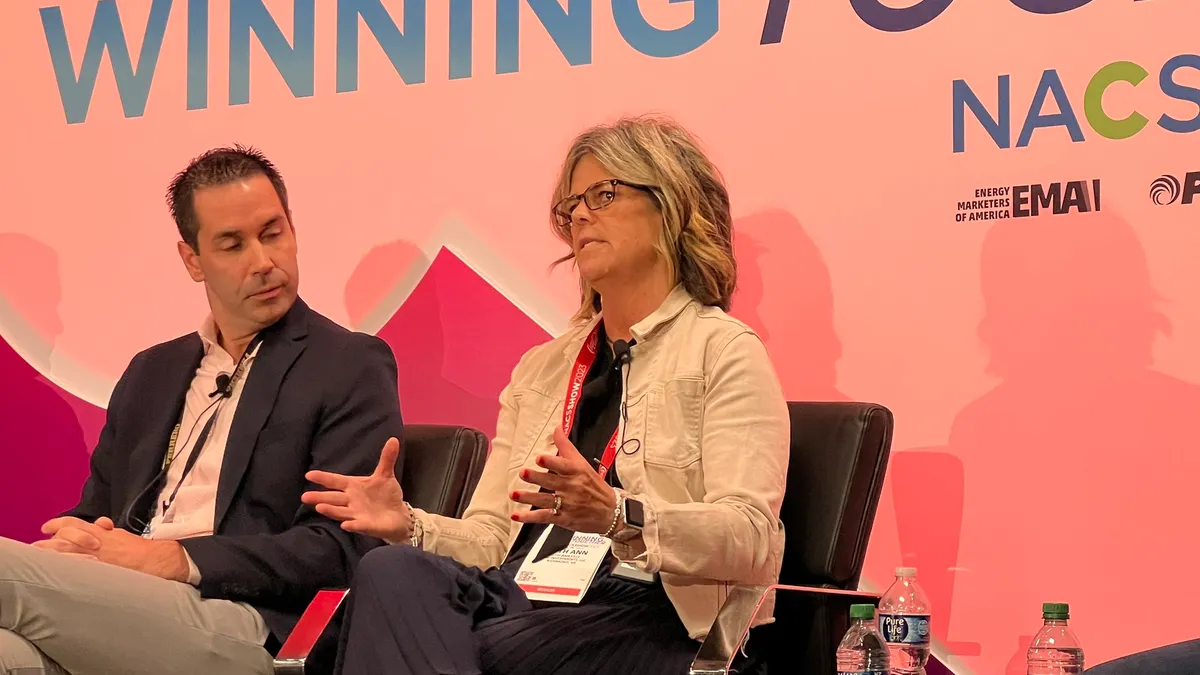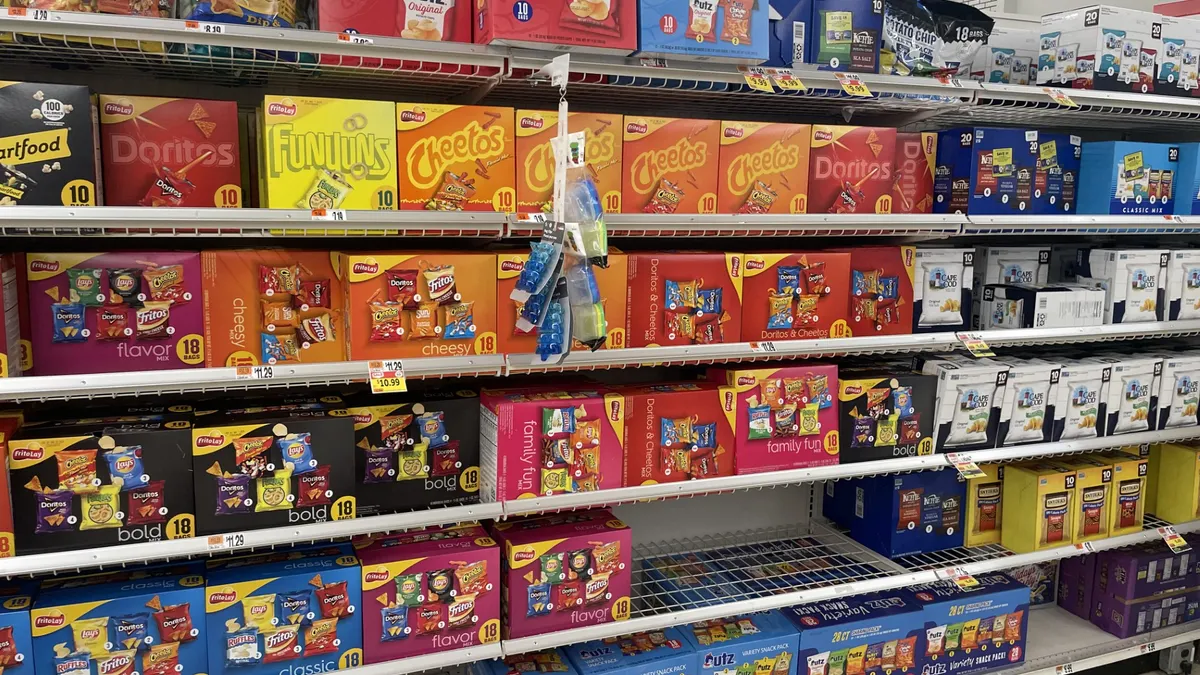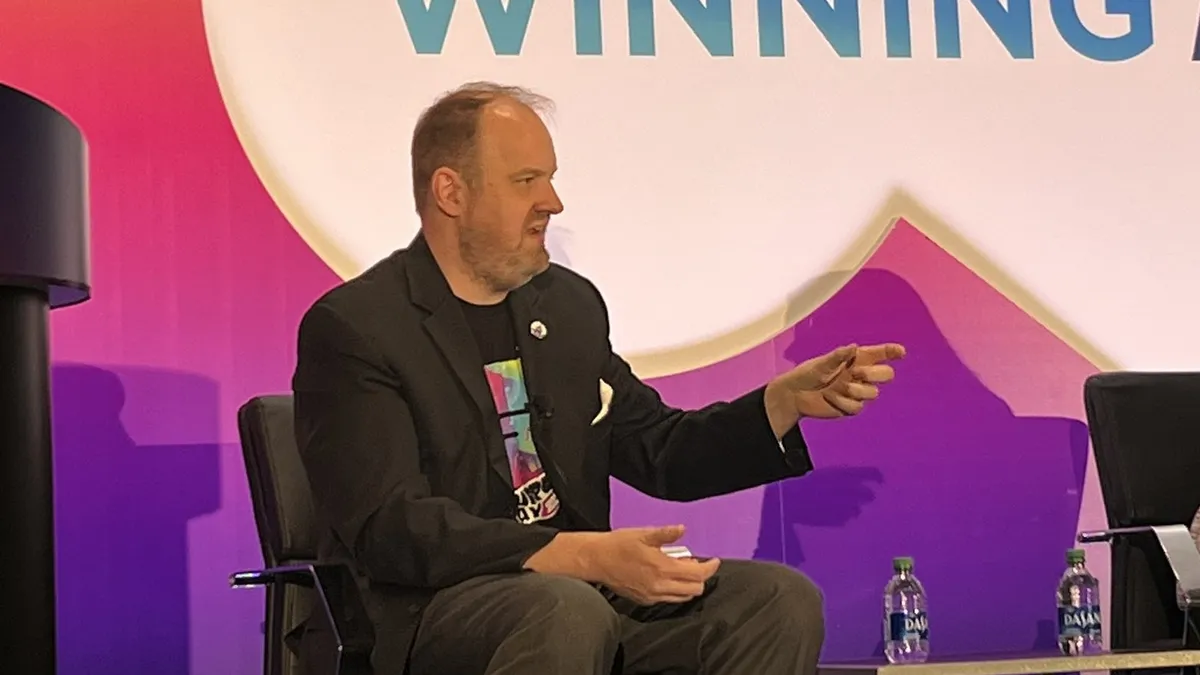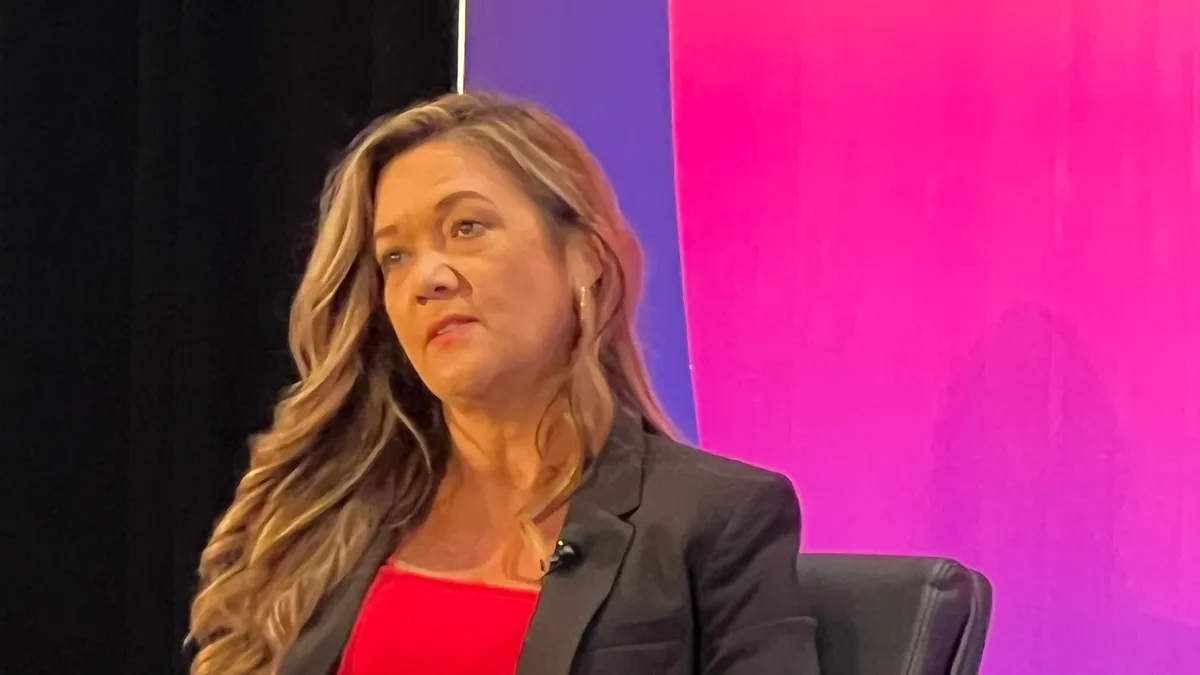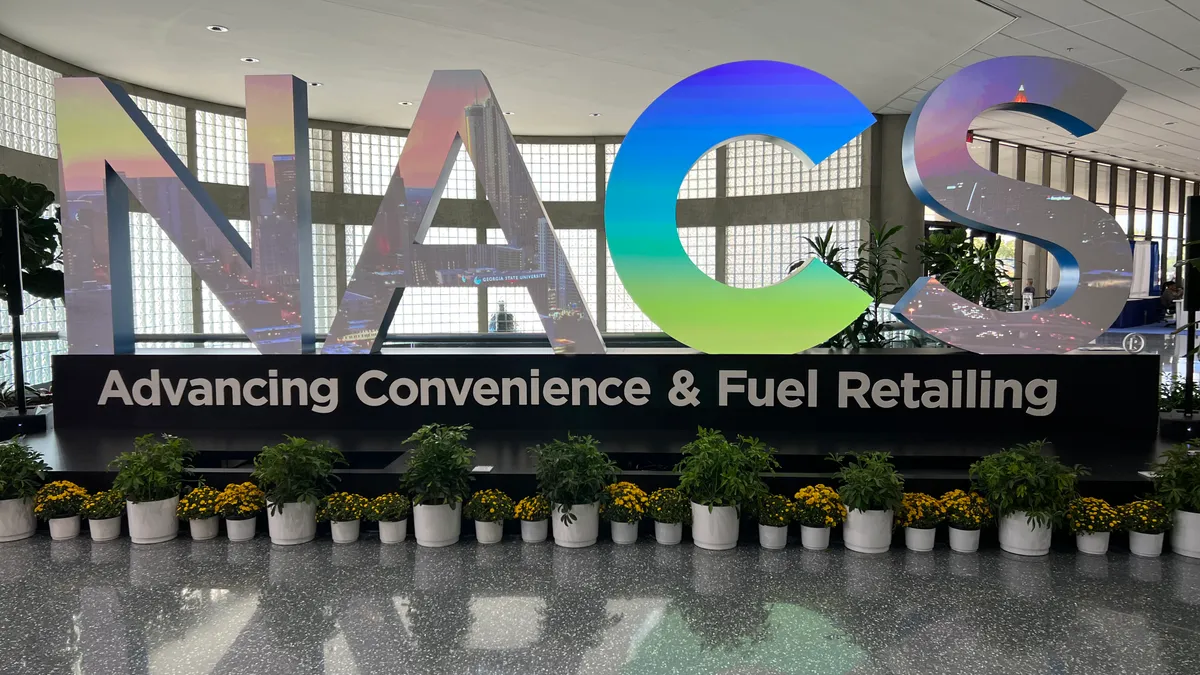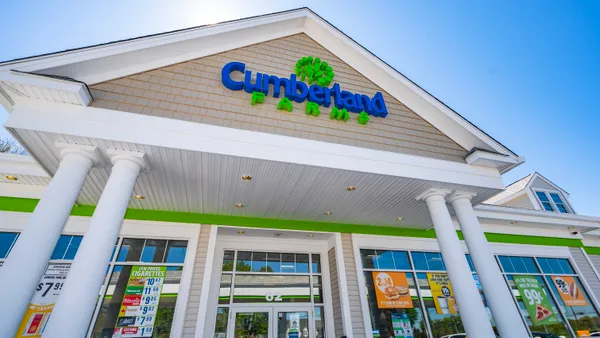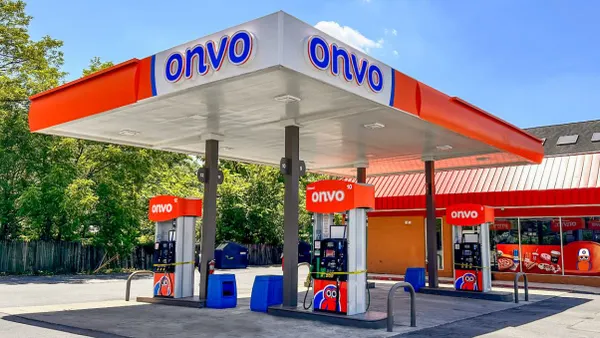Speaking to a room full of hundreds of c-store retailers at the 2023 NACS Show, Ruth Ann Lilly didn’t shy away from describing the difficulty c-stores have had with merchandise expenses.
Although the industry’s merchandise revenue grew by about 9% last year compared to 2021 — mainly due to inflation — challenges persist.
“[Industry] expenses are growing faster than our baskets, and that’s a problem that still needs to be resolved,” Lilly, senior vice president of marketing and merchandising for GPM, the c-store arm of Arko, said Wednesday during one of NACS’ education sessions.
To get the most out of its merchandise assortment, GPM uses a data-driven process to decide how it stocks its shelves. The company combines its own in-house sales margin data with wholesale supplier statistics and syndicated data to understand how it can combine customer trends with its merchandising strategies, Lilly said.
While GPM occasionally taps into regional or local products in parts of its network, the retailer mainly uses national brands to drive merchandise sales.
“We believe in it, and we rely on our assortment process to drive sales across all our stores,” Lilly said.
Meanwhile, Casey’s General Stores has about 500 different planograms for its 2,600-plus locations, Chris Stewart, vice president of merchandising for Casey’s, said during the session. These planograms are based on a combination of sales data, brand penetration and each store’s location.
“A store in Knoxville, Tennessee will look different than a store in northern Minnesota,” Stewart said.

Like GPM, Casey’s also uses syndicated data to see what’s selling in the marketplace when planograming its stores, Stewart said. The company builds its assortment on an item-by-item basis regardless of what category each product belongs to.
“Because our stores are so small, every product has to pay the rent,” he said.
Stocking new items — also known as product innovation — can help drive incremental merchandise growth, both Lilly and Stewart said. But innovation is often based on the supplier’s timeline of new product launches as opposed to the retailer's needs, Lilly noted.
Part of GPM’s category review process is to speak with suppliers about when new products are expected to hit shelves, and coordinate its assortment based on that timeline, she said.
At Casey’s, product innovation can be difficult because of the chain’s large footprint, Stewart said. This has made the retailer fairly conservative in the past with shelving innovative products, although it’s trying to change that moving forward, he said.
And not every innovative product is a winner, both executives noted. Stocking new products comes down to timing, and both retailers usually give new products about a year in their stores before going back to the drawing board.
“We’ll let [the product] go through our annual category reset process and look at the sales associated with it and decide if it’ll be in our next cycle,” Lilly said.
Both Lilly and Stewart agreed that promotions are essential to driving merchandise sales. However, this is easier said than done, since most convenience retailers generally do the same thing with their promotions, they said.
“Everyone expects the same 20-ounce carbonated soft drink promotion,” Stewart said.
Stewart noted that c-store retailers can look outside the store to differentiate their promotions, such as by offering bonus point promotions via their mobile apps for certain actions at the pump or elsewhere.
“Ultimately, you still have to drive sales, swing the doors and drive traffic,” he said. “But it's not going to be an all-the-units-at-all-cost approach by promoting everything in the store.
Correction: A previous version of this story misattributed industry statistics to GPM Investments.



